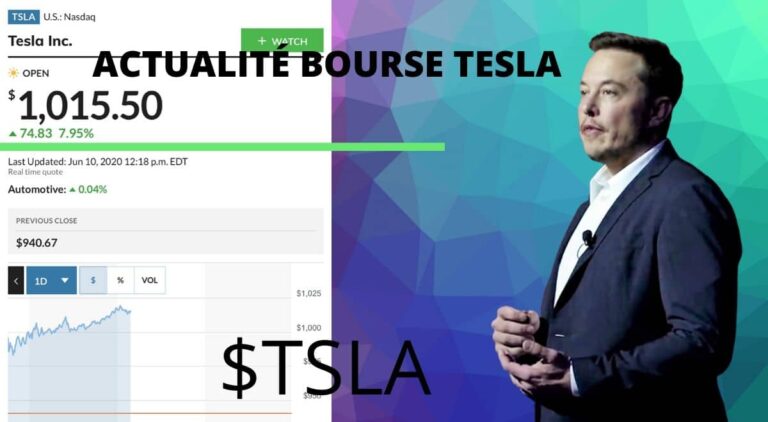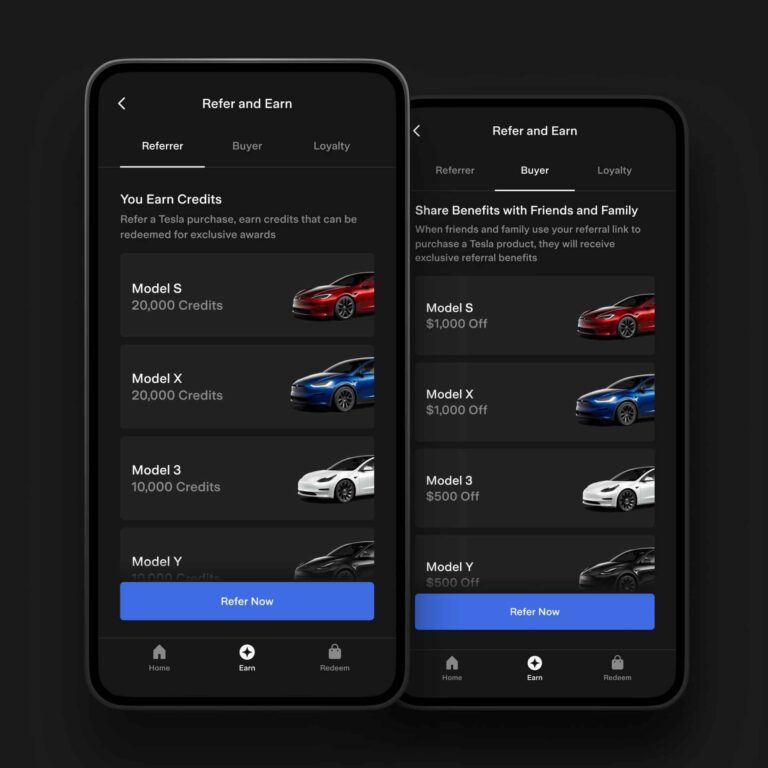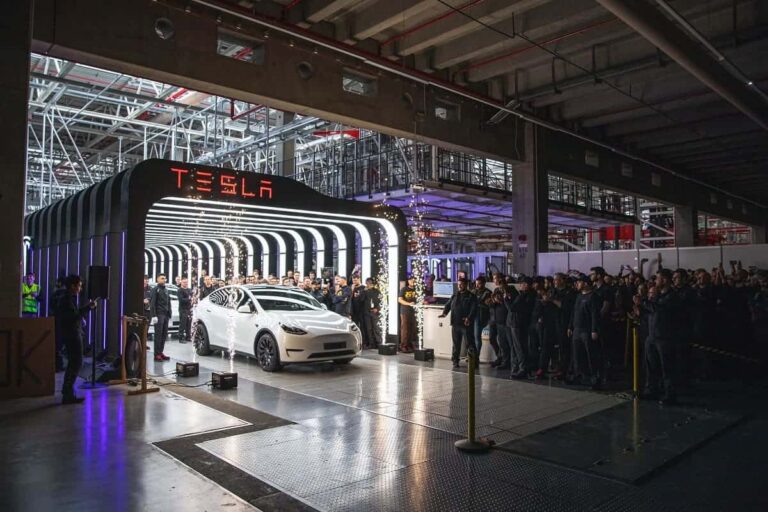Legacy OEMs Must Act as Tesla Leverages Cost Leadership
Legacy automakers should change spending plans for their electric vehicle programs. An analyst believes it needs to be done as Tesla holds the industry’s cost leadership.
Tesla is the industry leader in terms of costs per vehicle
Tesla is the undisputed leader in the industry in terms of production costs for each electric vehicle. The company develops its own technologies, production processes, and entire factories in order to achieve cost reduction while constantly improving its products. At this point in the industry, Tesla has no competitors that can so skillfully use the money for research, development, and production.
Morgan Stanley is bullish on Tesla
Investment firm Morgan Stanley has reaffirmed its Overweight rating and $200 target price per share of Tesla, despite Friday’s closing price of $165.08. The valuation is based on the electric vehicle giant continuing to invest its cost leadership and strong industry profits into lower priced vehicles to increase demand.
Tesla leverages their cost leadership
Following Tesla’s Q1 2023 report, Morgan Stanley held discussions with a number of clients about what Tesla’s industry-leading margins would mean for legacy OEMs. If Tesla leveraged their cost leadership in the form of price, does this impair the economic returns of the EV spending plans of legacy players?
Analysts believe the answer is yes. They are so sure that they are questioning whether this is the “moment” where the Boards of the legacy OEMs can reconsider dialing back the magnitude and timing of their EV capex and R&D (research and development) plans. Allowing more time for the ICE (internal combustion engines) run-off to generate cash as the world enters a more uncertain macroeconomic era.
Legacy automakers are losing the race
Morgan Stanley wrote in a note to customers that “Even before Tesla reduced the base price of a Model Y in the US by nearly 30% YTD [year to date], we struggled to see how Detroit could achieve a ROIC [return on invested capital] on their EV investment anywhere near their WACC [weighted average cost of capital], or even a positive NOPAT [net operating profit after tax] margin at all. The issue is compounded by the potential risk that legacy auto investment may be based on out-of-date (potentially obsolete) battery technology, manufacturing processes, and insecure supply chains.”
Legacy automakers need to rethink their spending on EVs
Given the current situation, the firm’s analysts believe that legacy automakers need to fundamentally rethink their spending on EVs. As tensions rise, they believe now could be the best time for OEMs to take on Tesla. They called it a “new era” that could accelerate positive changes in how companies manage their capital.
“So while the path of least resistance may be to think that Detroit is backed into a corner,” writes the analysts, “we believe some of the best decisions can be made during such times. Tesla’s ‘new era’ of competition may, perhaps paradoxically, accelerate positive change in capital discipline for Detroit.”
Legal Disclaimer —
This article is for informational purposes only. You should not construe any such information or other material as an investment, financial, or other advice. Nothing contained in this article constitutes a solicitation, recommendation, endorsement, or offer by Eva Fox, Tesla Mag, or any third party service provider to buy or sell any securities or other financial instruments in this or in any other jurisdiction in which such solicitation or offer would be unlawful under the securities laws of such jurisdiction.
Eva Fox holds zero shares of Tesla, Inc., and currently (at the time of this article’s publishing) holds zero options or securities in Tesla Inc. and/or its affiliates.




